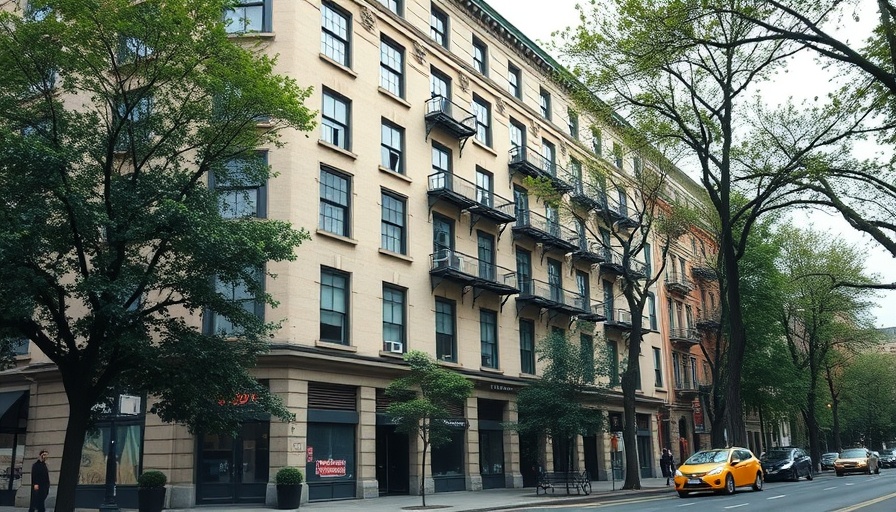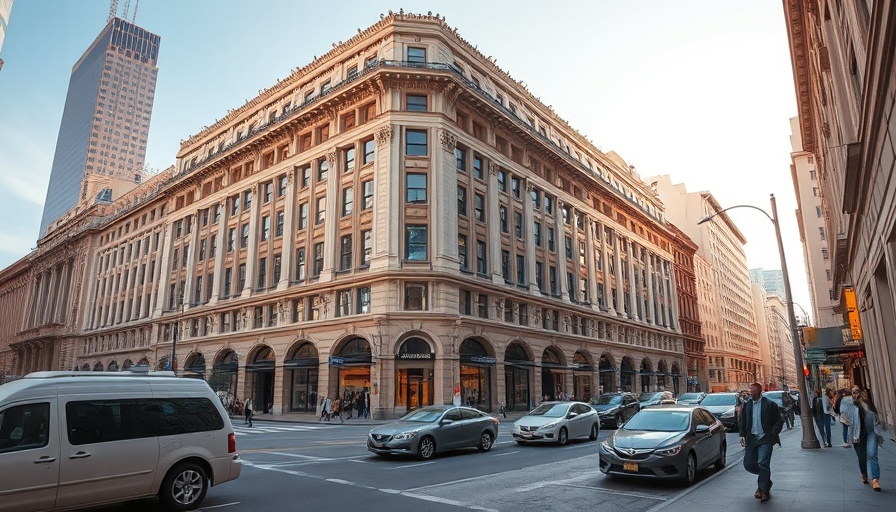
California Governor's Controversial AI Chatbot Bill Veto
Gov. Gavin Newsom has recently made headlines by vetoing Assembly Bill 1064, a pivotal legislation aimed at safeguarding children from the potential psychological risks tied to artificial intelligence chatbots. The bill, authored by Assemblymember Rebecca Bauer-Kahan, intended to restrict chatbot access for minors, especially when the bots could engage in harmful discussions about self-harm or inappropriate content.
Why the Bill Was Considered Crucial
In light of notable incidents involving AI chatbots — such as the tragic case of a teenager who took his life after interacting with ChatGPT — advocates for AB 1064 emphasized its urgency. The bill represented a robust attempt to establish clear guidelines for AI interaction with minors, a demographic that is particularly vulnerable to the influence of such technology. The proposal sought to prevent chatbots from fostering unhealthy relationships with adolescents, who might not fully comprehend the implications of conversing with an AI.
Newsom’s Perspective: Balancing Innovation and Youth Safety
Despite the potential benefits of AB 1064, Governor Newsom expressed concerns during his veto. In his letter, he stated that the bill's broad restrictions could inadvertently act as a total ban on chatbot use for minors, ultimately restricting beneficial interactions. Instead of rejecting regulation entirely, Newsom intends to collaborate with lawmakers to create a more balanced approach next year.
The Broader Context of AI Regulations
Interestingly, this veto does not indicate a lack of regulatory support. Other AI-related legislation has been passed, including measures that mandate age verification for users and penalize the spread of deepfake pornography. For instance, Assembly Bill 621 increases the stakes for companies distributing nonconsensual sexually explicit material, allowing victims to claim civil relief of up to $250,000. Additionally, Senate Bill 243 introduces safeguards for minors interacting with AI chatbots, requiring them to detect and respond to users showing suicidal tendencies.
Public Reaction: Split Opinions on Safety and Freedom
The public reaction to Newsom’s decision has been mixed. Advocates for stricter regulations criticize the veto as a setback, viewing it as a concession to Big Tech over the safety of children. Assemblymember Bauer-Kahan articulated her disappointment, highlighting the need for comprehensive protections rather than diluted measures that do not adequately shield children. Conversely, some parents and tech enthusiasts argue that excessive restrictions could inhibit innovation and prevent young users from utilizing beneficial technology responsibly.
Looking Ahead: Future Prospects for AI Legislation
The conversation around AI regulation is likely to intensify in the coming year. As the landscape of artificial intelligence continues to evolve, so too does the urgency surrounding child safety. As parents and guardians, staying informed about these developments will be crucial in understanding how AI technology can be used safely and responsibly.
Conclusion: The Ongoing Debate
The backlash against Gov. Newsom’s veto exemplifies a broader societal struggle to navigate the dual-edged sword of technological innovation and child safety. As discussions continue, it’s imperative that parents engage in conversations with their children about the appropriate use of AI tools, ensuring a protective yet open environment that fosters learning while prioritizing safety.
For more updates and insights on the evolving landscape of child safety and technology, stay engaged with local news and advocates pushing for meaningful reforms.
 Add Row
Add Row  Add
Add 




Write A Comment